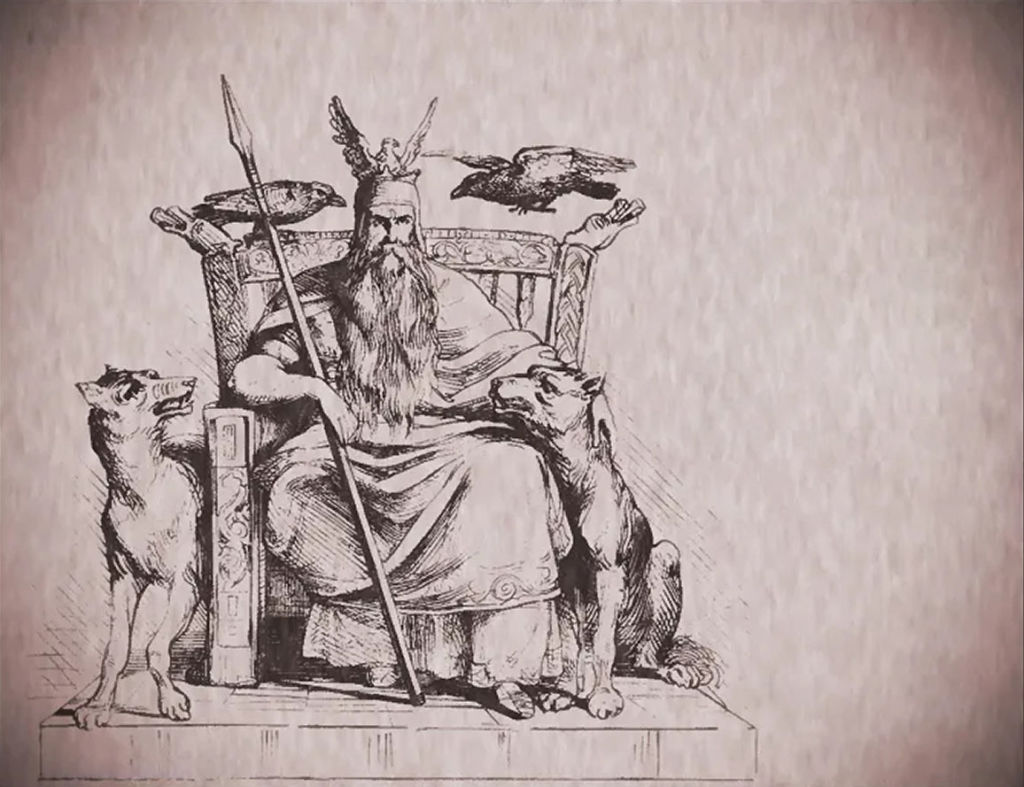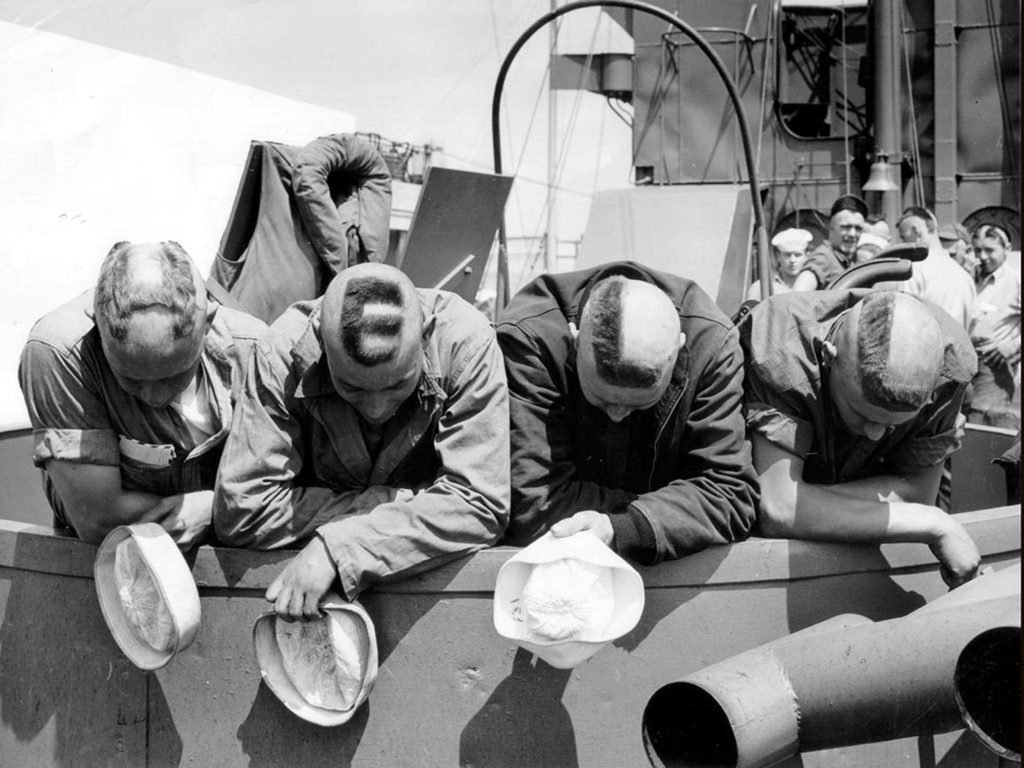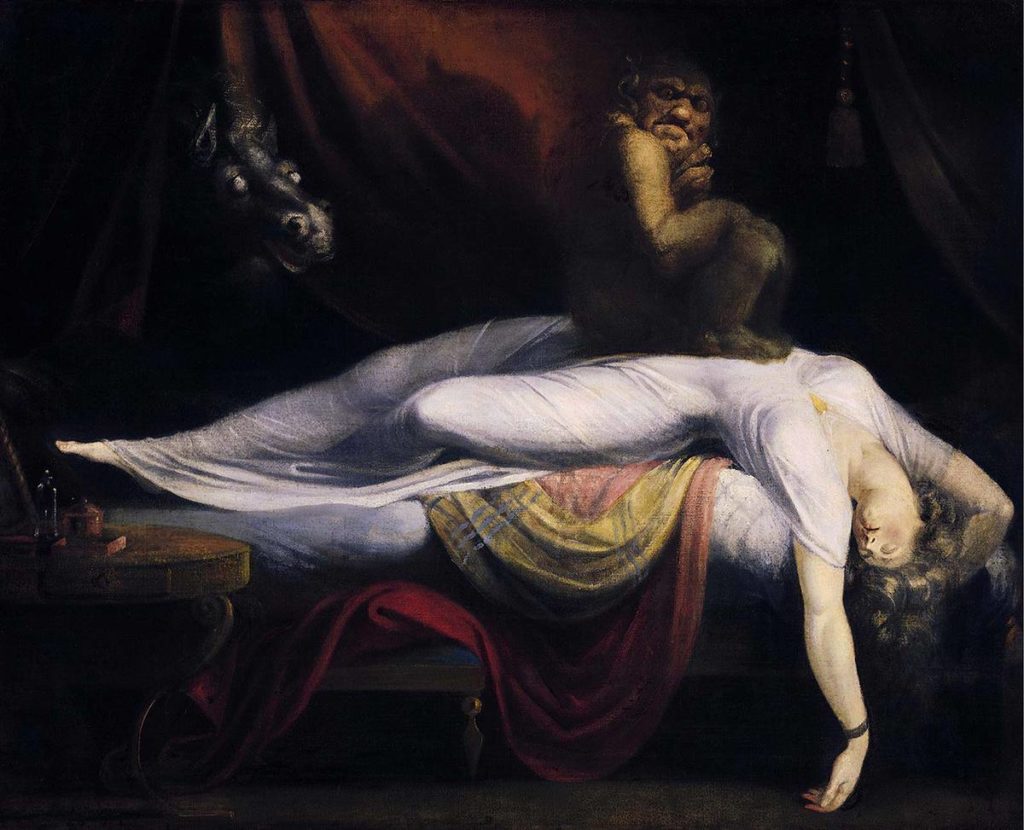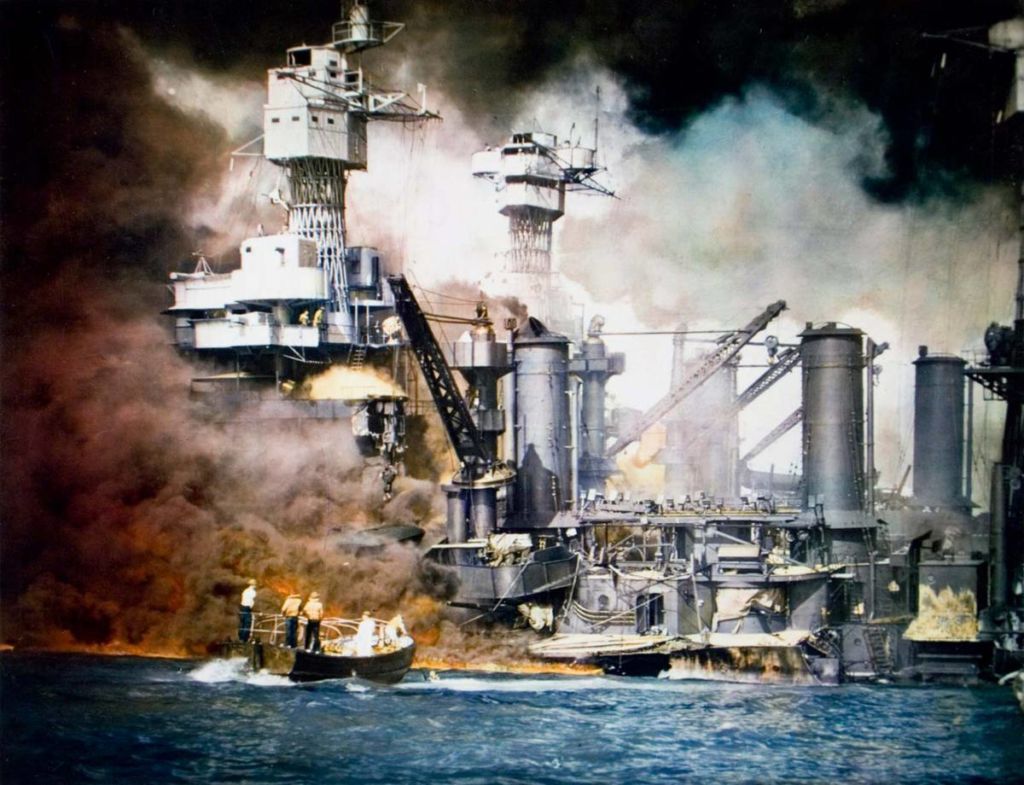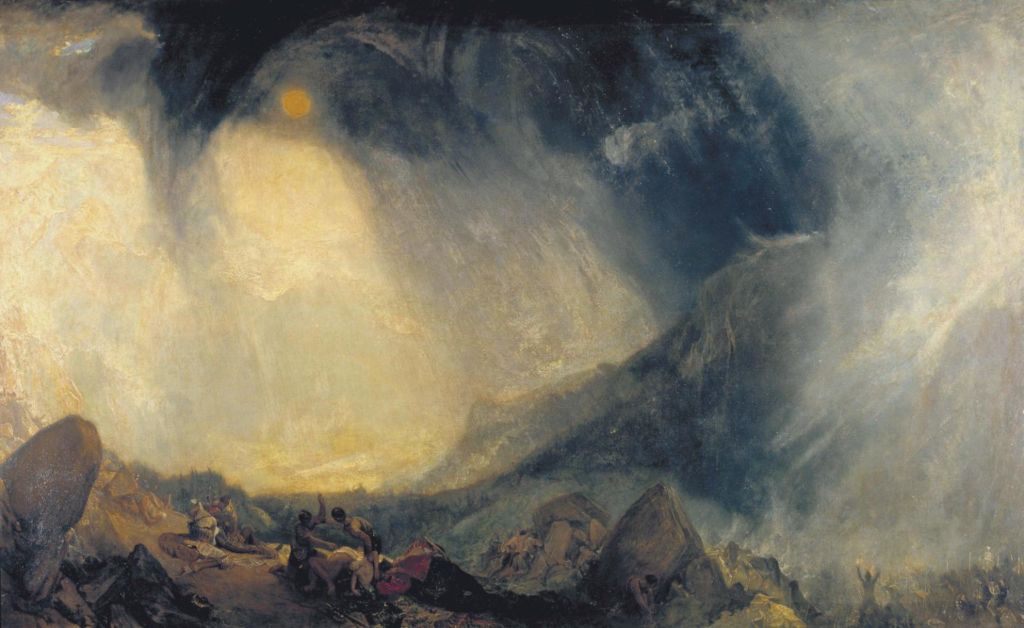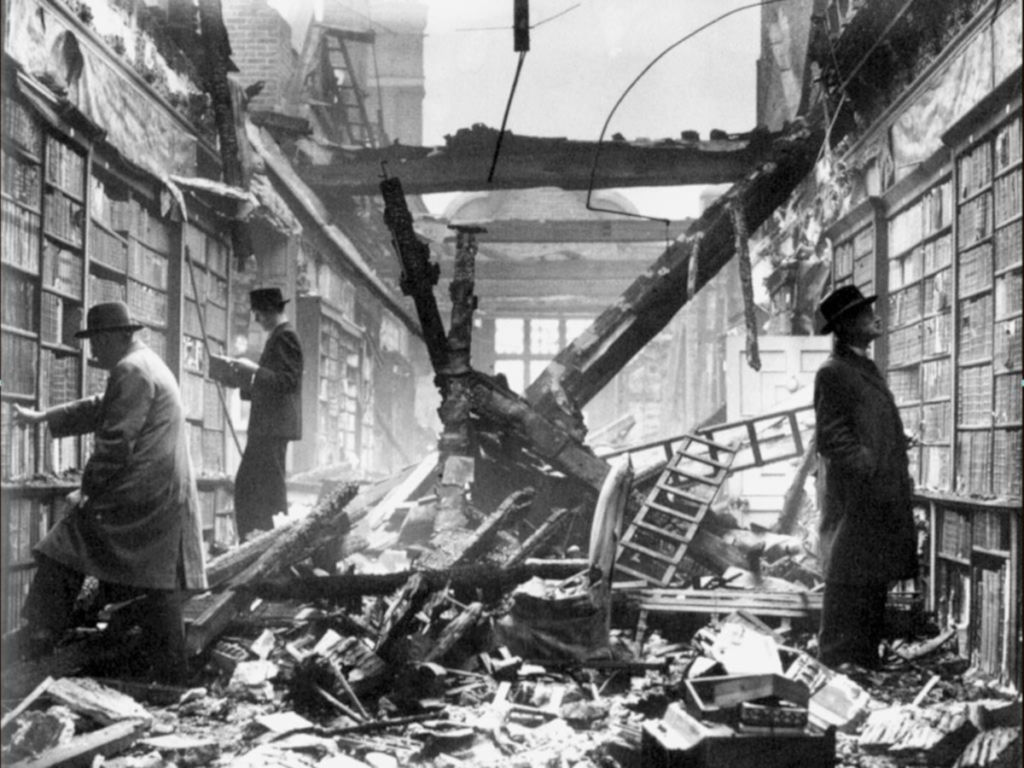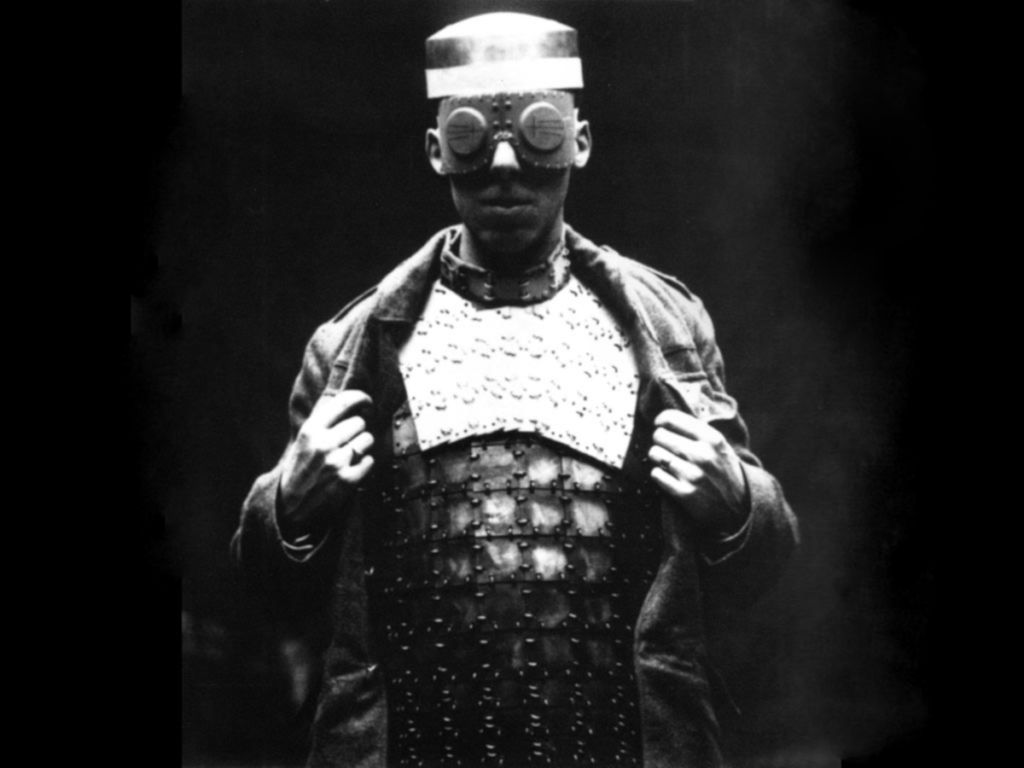Starting in September 2020, once a month Switch (on Paper) will publish an excerpt from Jean-Yves Jouannais’ Encyclopédie des guerres (The Encyclopedia of Wars). What started out as an experiment in oral literature is gradually taking the form of a book, scheduled for release in 2030. Until then, we would like to bring you a few excerpts, published here in alphabetical order like the entries in a vast atlas of wars. Today’s entry is T for Tatoo.
“When recruits have been carefully selected who excel in mind and body, and after daily training for four or more months, a legion is formed by order and auspices of the invincible Emperor. The soldiers are marked with tattoos in the skin which will last and swear an oath, when they are enlisted on the rolls. That is why (the oaths) are called ‘the sacraments’ of military service.”
(Vegetius: Epitome of Military Science, Second Revised Edition, translated by N. P. Milner. Liverpool University Press, Liverpool, 1996)
War tapestries
1/
Fernando Romeo Lucas García (1924-2006), who graduated as an officer from the Polytechnical Military School in 1949, bore the tattoo of a battle scene on his chest like many of his other fellow students: A man holding a machine gun facing off with one holding a machete. If he flexed his pectoral muscles, the scene came to life. He figured it would amuse the prostitutes in Mixco and Villa Nueva. Fernando Romeo Lucas García commanded the army’s general staff before becoming president of Guatemala in 1978, successor to General Kjell Laugerud García. In 1981, he launched a general offensive against the guerillas, which translated into a wave of massacres and the destruction of two-hundred-and-fifty villages. The operation resulted in twenty thousand casualties. There was systematic recourse to torture: tongues cut out, genitals burnt, eyes stabbed in, bodies nailed to the floor.
On March 23, 1982, Fernando Romeo Lucas García was overthrown by a military coup. He went into exile in 1994 in Venezuela where, suffering from Alzheimer’s, he died in 2006. He recalled nothing about the war. As for the tattoo on his chest, which his muscles could no longer animate, it seemed to him a kind of irreversible anamorphosis.
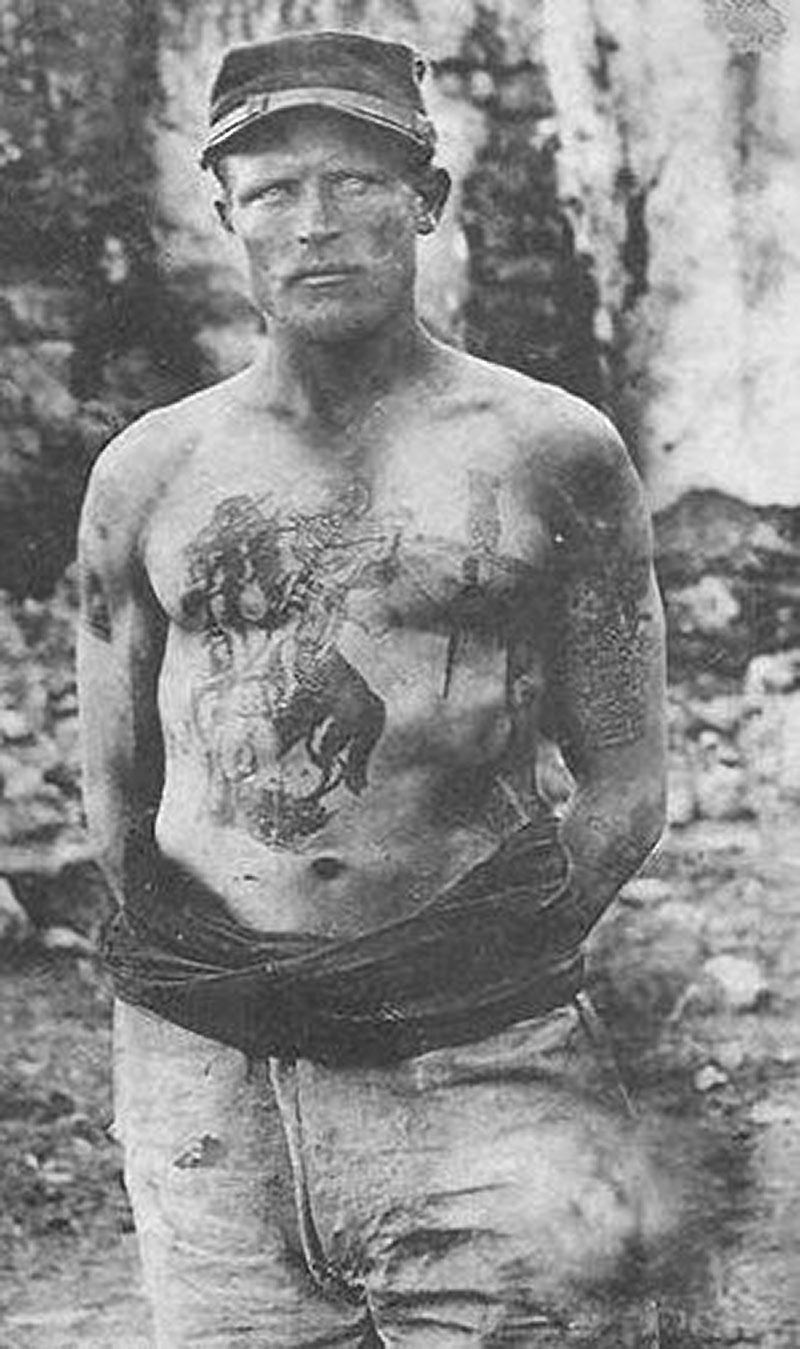
2/
A woman’s body is covered in tattoos depicting a military campaign. What were the paths followed in old Snorri Sturluson’s mind to achieve this vision? In his day, poetry could transport people to the highest planes. Not only was he a poet, historian and mythographer in Iceland, but through his erudition, he also became an important political figure. He left behind a corpus that is the proud and tireless source for Jorge Luis Borge’s passion, The Edda, at once a manual of skaldic metrics and cosmogony of Nordic mythology. Eight manuscripts of Snorri’s Edda are still with us. None are complete. The Codex Upsaliensis, composed in the first quarter of the 14th century, is the most ancient among them and offers the greatest number of variants. Particularly the second part, entitled Gylfaginning and consisting of an atlas of myths and Nordic legends. It takes the form of a discussion. The King of Sweden, Gylfi, is in conversation with three important figures that reign over Asgard, the domain of Ases, which is also the center of the world. As they happily answer the king’s questions, through their speech, the hosts give life to the numerous family members of the gods, who instruct us on Thor’s life, Baldr’s death, the origin of the Old World and the birth of the New. However, in Codex Upsaliensis, the version of the great battle on the Vigrid plains where nearly all the gods, giants and men meet their deaths, opens with the evocation of an unknown Valkyrie who answers to the name of Hallveig. We see her naked, bathing in a river. We are told she is mature in age, and that her body is marked with three-hundred-and-twenty tattooed stories. So many legends, carved onto a tiny body, to complete the fresco. On her right shoulder, five armies lay siege to the forest. We know little about this forest, aside that it was known for being considerably vast. The army camps continue along the edge toward her right shoulder blade. Immense intervals separate one from the next. Messengers, various kinds of couriers, were used to keep the great military centers in contact. They moved quickly. Their advancement was at stake. And yet, unfolding against the vast backdrop of the woods, even the liveliest movements seem to be frozen. Two generations lived through the siege. The epic is written all the way down to the woman’s hips. Further on, we come to the river waters. They complicated the reading of the images. But one thing remains clear: the enemy is still in the forest. Or so goes the legend depicted on the woman’s hip, in any case. It shows the Viking chief in a nasal helmet, pointing to the trees. A pocket of resistance preventing any advance. There, the front reaches a decades-long standstill. All warring is put on hold. Rolling along the right leg, starting at the groin, we see the profile of a jarl straining to hold the front for such a long period of time. Nobody taught him that war could last a lifetime. And so, living for so long amongst his men, he unlearned how to command. Little by little, he became a soldier, to please them. He trudged along on relentless hikes, burdened like them, sharing their pittance. If a pit had to be dug, a gallows erected, he was the first at the ready, tools in hand. The soldiers, delighted, called him “companion”; he suffered it, and discipline suffered. He partook in their exhaustion, they imitated his vices; and if he sometimes set the example through hard work, more times than not, he propagated unruliness. Mutiny broke out, was repressed, re-emerged even stronger only to be ferociously corrected. Legend says: ‘The gulls of hate came to devour the apple of the dead men’s chest.’ Her left thigh depicts the elders, at camp, recounting past skirmishes and assaults: ‘The dyers of the wolf’s teeth were devoted to the blood-swan’s flesh.’ Elsewhere, there is mention of the ‘rod of anger’, ‘battle mirror’, ‘helmet’s fire”, ‘blood-oar’, ‘wolf of wounds’, periphrasis of the sword. Some wagered that amongst the hundred men who stood watching the forest, not a single one had ever seen the enemy. On her bottom right leg, the order finally falls, one winter’s day: Raze the forest. Start over. Make it possible for war to resume.
Hallveig, the Valkyrie of three-hundred-and-twenty tattoos, seems asleep, eyes half shut. Four wolves drink at the river. She caresses the muzzle of the largest one, surely her mount. Her weapons are laid out on the riverbank. She savors the warmth of the day. She has withstood three successive winters without Sun. Now she returns to the battlefield. To fight, and to die. We wonder about this painted Valkyrie, ornamented by the chronicle of a military campaign. Snorri Sturluson began this major work in 1220 while returning from a journey to Norway. We know this because in one poem, he sings of the gifts given by the King of Norway, on whose ship he is returning. In 1224, he moves in with a young rich heiress, Hallveig Ormsdóttir, granddaughter of a certain Jón Loftsson, a powerful but also sophisticated island chief. He has raised her and overseen her education ever since she was three years old. Now Snorri Sturluson is forty-five. And very much in love with young Hallveig. He fights to seduce her. It takes an eternity to subdue her. He finds it amusing to compare his courtship with laying siege to a city. And in the image of war, their union proves barren. They have no children. And so he offers Hallveig a strange gift, he portrays her as a solider in one of the highest of the Nine Realms. He knows the old poem in which the Valkyries weave a tapestry by heart. Surely it is where he got the idea of depicting his own wife as a war tapestry.
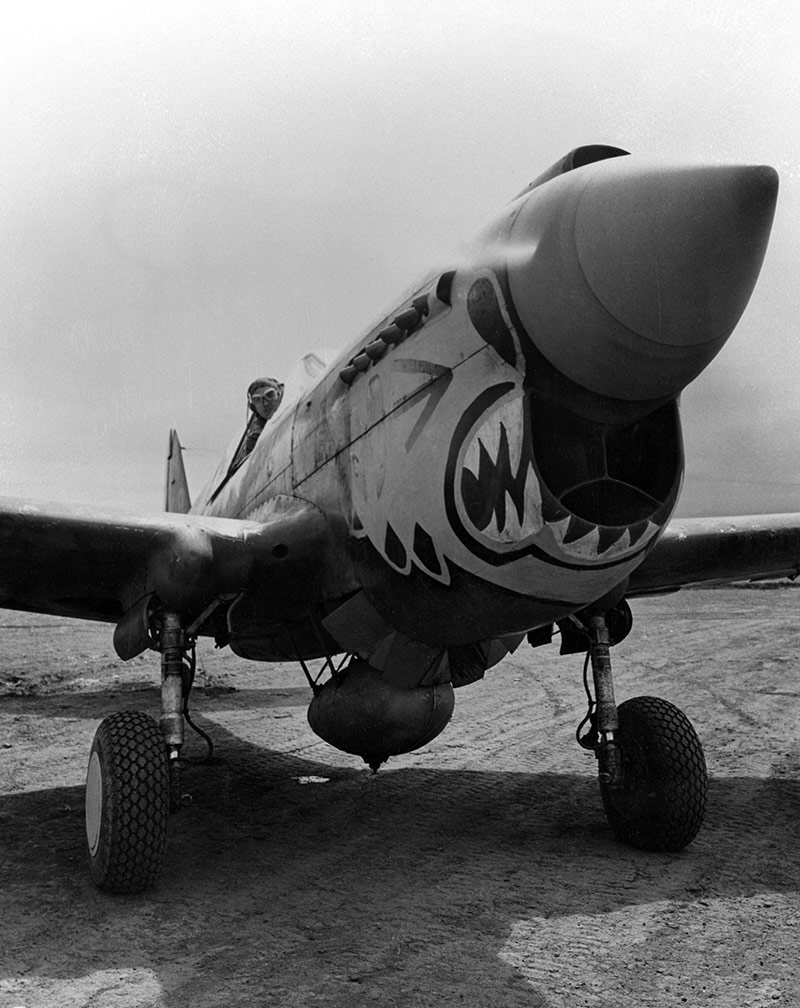
A U.S. Army Air Force Curtiss P-40 Warhawk of the 11th Fighter Squadron, 343rd Fighter Group in Alaska (USA), ca. 1943.
The cockroach is an artist
Georges d’Esparbès (1863-1944), son of a Second Empire hussar-turned-baker, first started out as a noted illustrator before becoming a writer, journalist and serialist. We are reminded of this when in his book The Foreign Legion (1901), he describes a tattoo that a legionnaire proudly bore on his thorax. It stirs a certain emotion in him, as if he just stumbled upon an undiscovered Cézanne: “A woman lies naked, seeming to wave away some overly-romantic dream whilst three lovers, wings open, smile at her confusion; and it’s called Venus Awakens.”
A boar’s head on his right wrist
It happened long after the Battle of Tzirallum, which brought the armies of emperors Licinius and Maximinus Daia to a head one spring day in 313. A man was begging on the outskirts of Andrinopolis. Aspects of his ragged garb suggested he might have been a centurion. But nothing could be less certain. Suffering from amnesia, he flashed the face of a boar tattooed onto his right wrist to passers-by, asking them, in an incomprehensible language, if they recognized the animal. Nobody could provide any insight whatsoever. The mark on his body, his hand, like the mark on the arm of any young recruit, was the consecration of an oath that was made upon entering the army. Servants and soldiers alike could only begin to fill their functions after being marked with their master’s name. Ambrose of Milan, at the funeral of Valentinien I: ‘My dear Valentinian, beloved, clear and vermillion, who carried the image of Christ within, like you, the young soldiers are marked in the emperor’s name. We know the power of your faith in God. We know it as we know through the image pricked into the soldier’s skin that he has been loyal to his Master, or should he have deserted his army, we easily recognize by the mark on his skin that he has been unworthy of his legitimate sovereign.’ The soldiers in the Roman legions, having different bodies and serving under the reign of different emperors, commanded by consuls of Barbaric origin, were like the pages of an illustrated atlas, with symbols proliferating in constellations: an eagle, a fish, a sickle, a fortress, an axe, a grenade, a club, an obsidional crown, a dog’s head. Or, like in this suburb of Andrinopolis, the indecipherable silhouette of a made-up animal.
Cover picture: Odin, the nordic god, with his two wolfes and crows, taken from a book on nordic mythology published in 1874 and inspired by Snorri Sturluson’s Edda.
